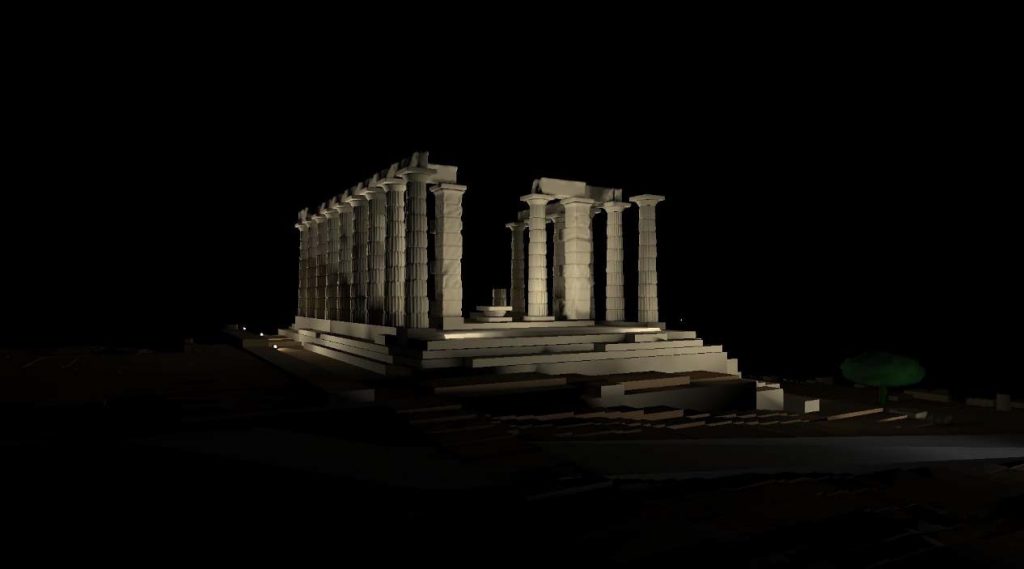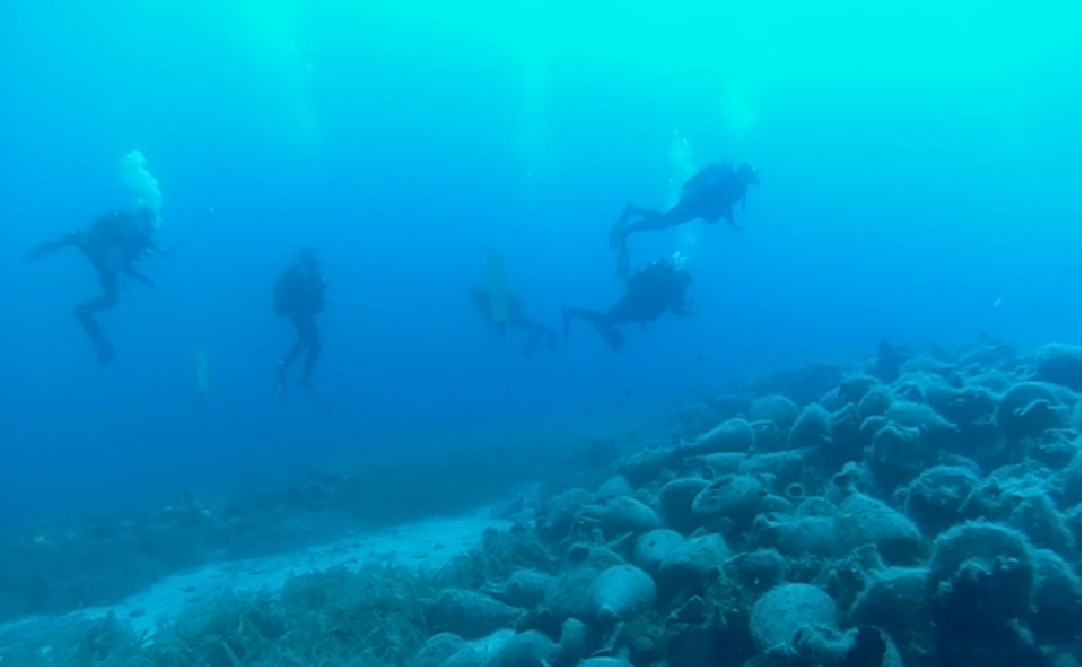The Ministry of Culture is expected to further liberalize guidelines for organized undersea dives at properly arranged Visitable Underwater Archaeological Sites (VUAS). This move comes after the successful completion of atrial phase, which commenced in 2020 with visits to the Peristera shipwreck off the Sporades island of Alonnisos, in the central Aegean.
The Visitor Experience Study (VES), being developed and implemented for the first time, focuses on the four accessible underwater wrecks off Alonnisos and the western Pagasetic Gulf off central mainland Greece.
The islet of Peristera is located east of Alonnisos, within the marine park of the Northern Sporades. It is a site of significant accumulation of amphorae, exceeding 3,500 in number, the cargo of an ancient merchant ship. Based on findings, the shipwreck dates back to the last quarter of the 5th century BC.
The other three sites are located in the western Pagasetic Gulf. The first was discovered in the bay of Telegraphos in 2000. Eight types of commercial amphorae were found, all dating back to the 4th century AD. Inside many of the amphorae, traces of pitch were found, indicating the transport of wine.
The uninhabited islet of Kikynthos acts as a natural barrier at the entrance of Amaliapolis Bay, in the western Pagasetic Gulf. Because of its ancient remains spanning from early Christianity to the 19th century, it is designated as an archaeological site. In 2005, a pile of large, fragmented transport vessels was found on the island’s northwest coast at depths of 3.5 to 12 meters.
On the southwest shores of the Pagasetic Gulf, the promontory of Glaros bears traces of at least four ancient shipwrecks – one Hellenistic, one Roman, and two Byzantine – along with pottery and anchors from other periods. This is the largest collection of Byzantine anchors found in Greek waters.
Access to the sites is strictly controlled, with continuous monitoring and safety measures in place to ensure that visitors can explore properly organized and accessible underwater archaeological sites.
Minister of Culture Lina Mendoni highlighted that since 2019, the ministry has unveiled four underwater archaeological sites in the Magnesia region, forming an underwater archaeological park. This initiative has propelled Greece onto the global diving tourism map.




